|
|
British/English Ships; Largest and Fastest
|
 (Another (Another Bluebird K7 — British hydroplane, jet powered Set seven world water speed records between 1955-1964, reaching 276.3 mph or 444.7 km/h. She was developed and piloted by Donald Campbell. LAUNCHED: 1955 → FATE: Flipped and disintegrated at high speed on Coniston Water January 4, 1967, killing Donald Campbell. |
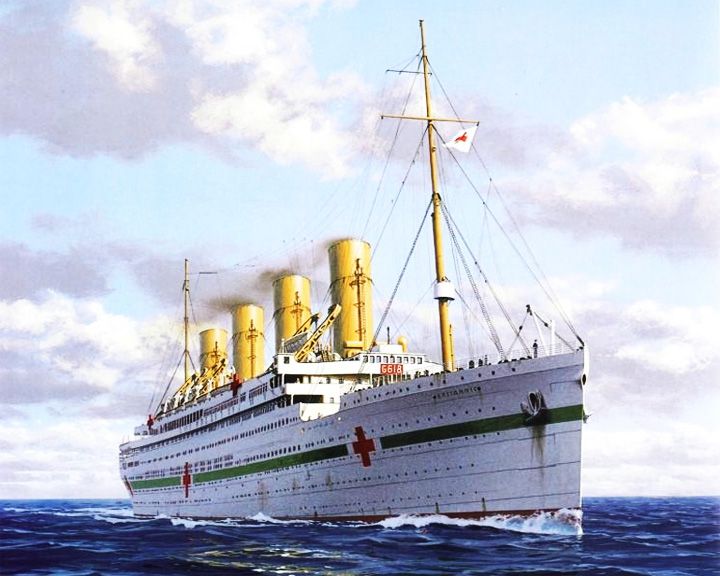 (Another (Another Britannic, HMHS — British ocean liner Largest ship lost during the World War I with the loss of 30 lives. Launched just before the start of the World War I, she was put to use as a hospital ship in 1915. With her loss, SS Bismarck was given to the White Star Line as part of post-war reparations. LAUNCHED: 1914, February 18 → FATE: Struck a mine and sank off the Greek island of Kea November 21, 1916. |
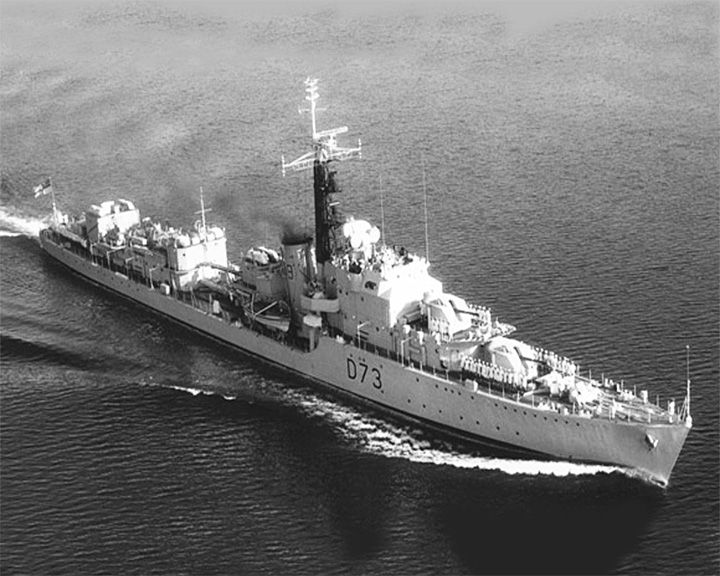 Cavalier, HMS — British C-class Destroyer Because of her high speed, she escorted the RMS Queen Mary and RMS Queen Elizabeth carrying troops across the Atlantic Ocean. In the summer of 2009 the Chatham Historic Dockyard Trust made available accommodation on board the ship for youth groups who wish to stay on board and experience life on board a Royal Naval Destroyer. LAUNCHED: 1944, April 18 → FATE: Preserved as a museum ship since 1998, now at the Chatham Historic Dockyard |
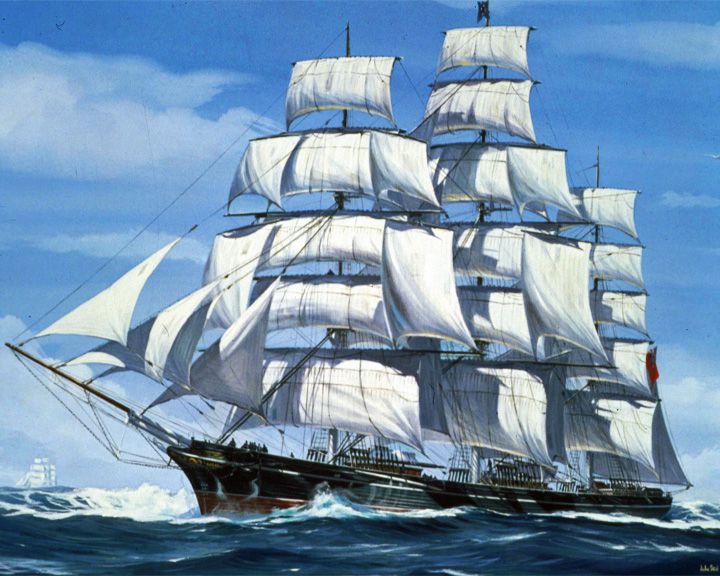 Champion of the Seas — English clipper ship On her maiden voyage, she set a record for the fastest run in 24 hours of 465 nautical miles or 861 km. She was the passenger ship built for the run from Liverpool, England to Melbourne, Australia. LAUNCHED: 1854, April 18 → FATE: Abandoned off Cape Horn in leaking condition in 1877. |
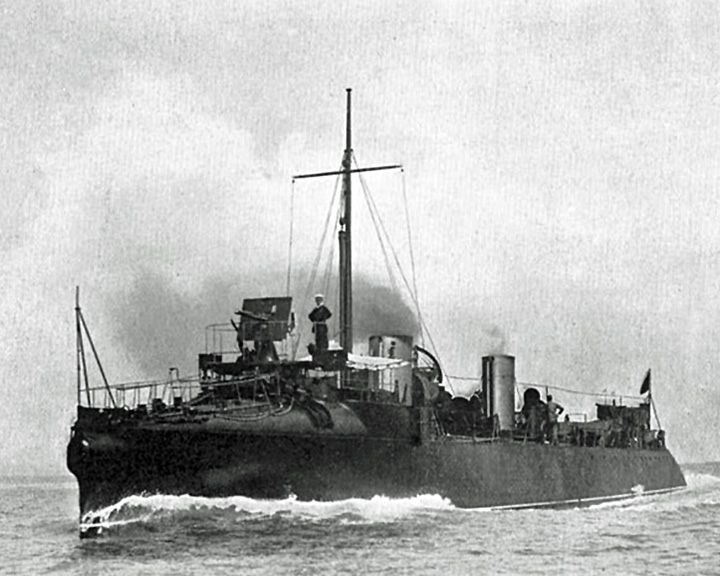 Darling, HMS — British torpedo boat destroyer First destroyer-type ship. Created to defend against torpedo boats. She was described at the time as the "fastest boat ever" having achieved a speed over 28 knots. LAUNCHED: 1893, November 18 → FATE: Scrapped in 1912. |
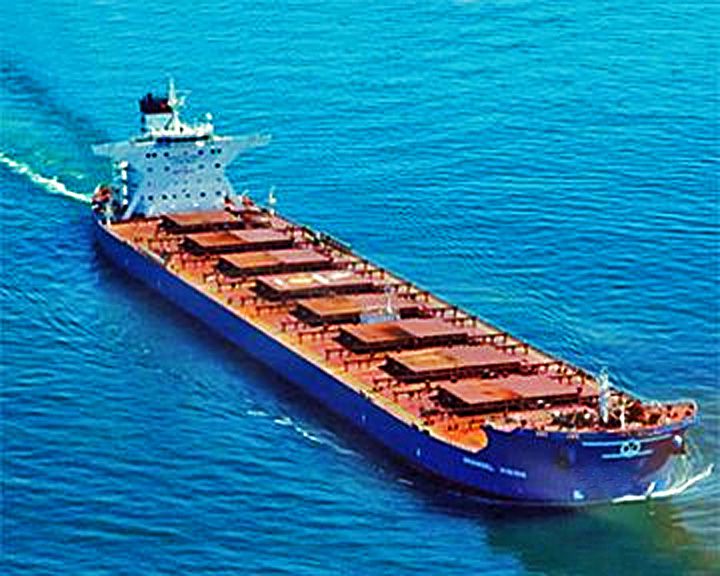 Derbyshire, MV — British cargo ship, oil-ore Largest British ship ever to have been lost at sea. All 42 crew members and two wives were lost with the ship during Typhoon Orchid in 1980. LAUNCHED: 1976, June → FATE: Sank south of Japan September 9, 1980. |
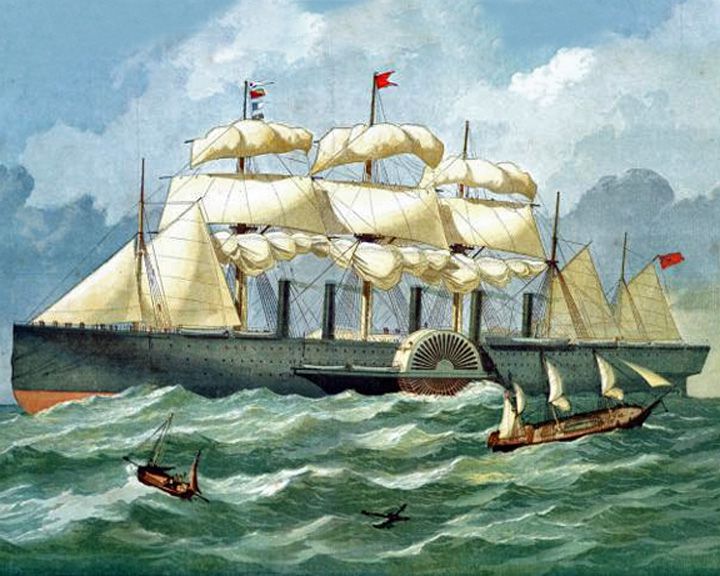 (Another (Another Great Eastern, SS — British iron paddle steamboat, side-wheeler with sails The world's largest steamship; successfully laid cable across the Atlantic Ocean. She completed 45 crossings in eight years; then she was used for carrying mail, then troops. LAUNCHED: 1858, January 18 → FATE: Broken up for scrap at Rock Ferry on the River Mersey in 1889. |
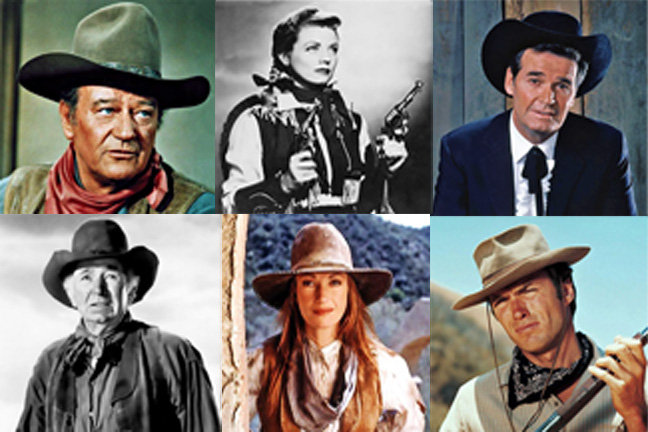

|
Page 2
|
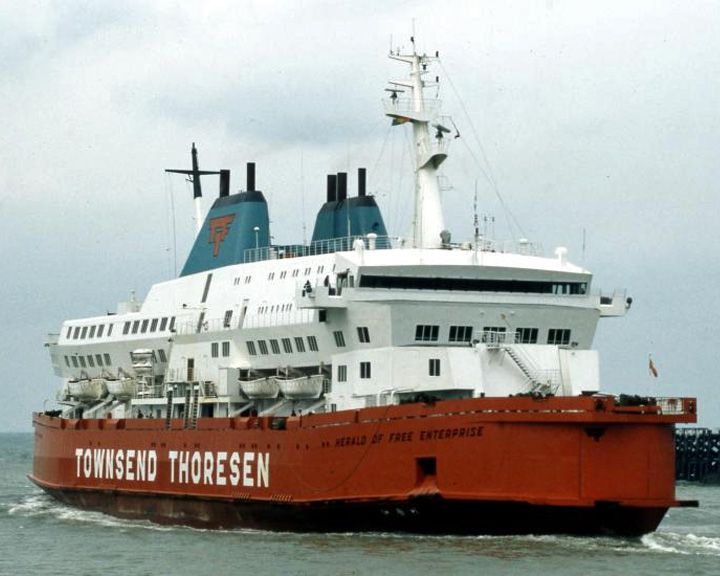 (Another (Another Herald of Free Enterprise, MS — British roll-on/rolll-off ferry Capsized moments after leaving the Belgian port, killing 193 passengers and crew, the highest death-count of any peacetime British maritime disaster since 1919. The ship owners, Townsend Thoresen, re-branded the company as P&O European Ferries, repaint the fleet's red hulls in navy blue and remove the TT logo from the funnels. LAUNCHED: 1980 → FATE: Because deck doors were left open, she filled with water and capsized March 6, 1987; was raised April 1987 and scrapped in 1988. |
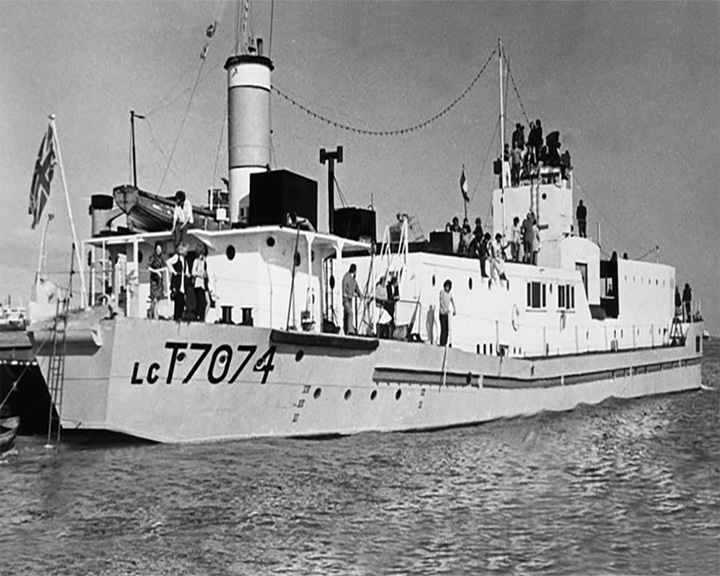 LCT7074, HM — British landing craft, tank (LCT) The last amphibious assault ship in the United Kingdom for landing tanks, other vehicles and troops on beachheads. De-commissioned in 1947 she was renamed Landfall and became the club ship for the Master Mariners’ Club of Liverpool. The craft was later converted into a riverfront nightclub. LAUNCHED: 1944, April 4 → FATE: Salvaged and restored by 2020, then moved to a permanent display at Portsmouth's The D-Day Story museum. |
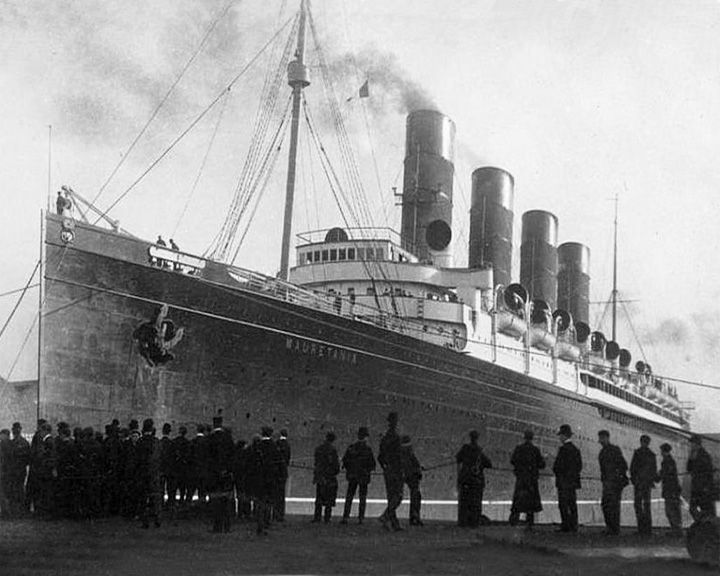 Mauretania, RMS — British ocean liner At the time, she was the largest and fastest ship in the world. She made an eastbound transatlantic crossing with a long-standing record average speed of 23.7 knots. She served as a hospital ship and troop ship in World War I. LAUNCHED: 1906, September 18 → FATE: Scrapped in 1934. |
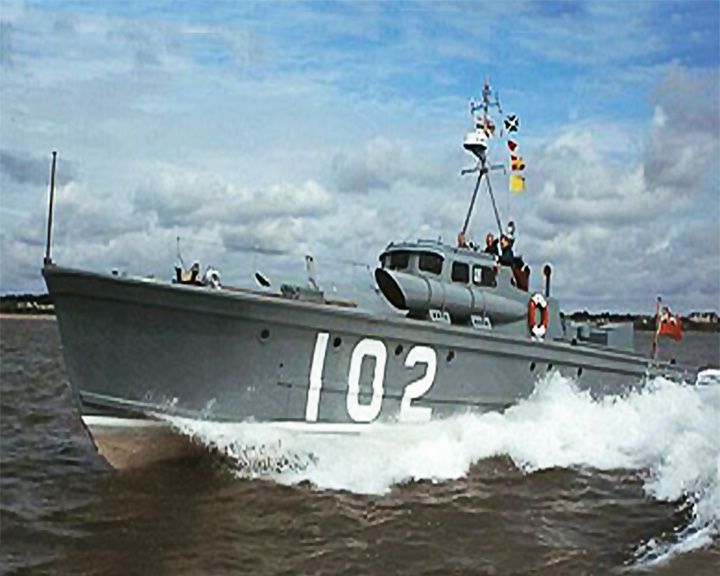 MTB 102 — British motor torpedo boat The the fastest wartime British naval vessel in service at 48 knots and the smallest vessel to ever serve as a flagship for the Royal Navy. In 1944 she carried Winston Churchill and General Eisenhower to review the fleet for Operation Overlord, the invasion of Normandy, World War II. She appeared as herself in the 2017 war film Dunkirk. LAUNCHED: 1937 → FATE: On exhibit at Lowestlft, on the North Sea. |
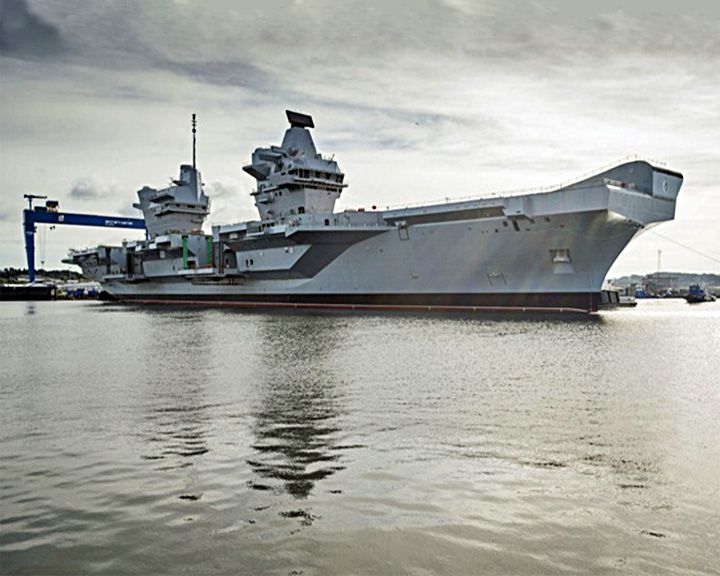 Queen Elizabeth, HMS — British aircraft carrier Largest warship ever built for the Royal Navy capable of carrying up to 40 aircraft. With no catapults and catch wires she carries only V/STOL aircraft, F-35B Lightning II fighters and Merlin helicopters. LAUNCHED: 2014, July 18 → FATE: In service 2017. |
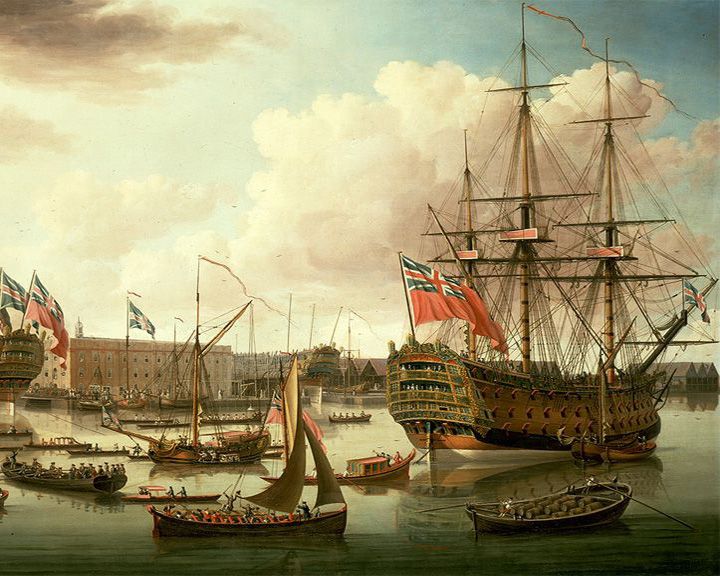 Royal George, HMS — English first-rate ship of the line One of the most serious maritime losses to occur in British water, sinking while undergoing routine maintenance taking more than 800 lives. She was the largest warship in the world at the time of launching. LAUNCHED: 1756, February 18 → FATE: Sank while anchored off Portsmouth August 29, 1782. |
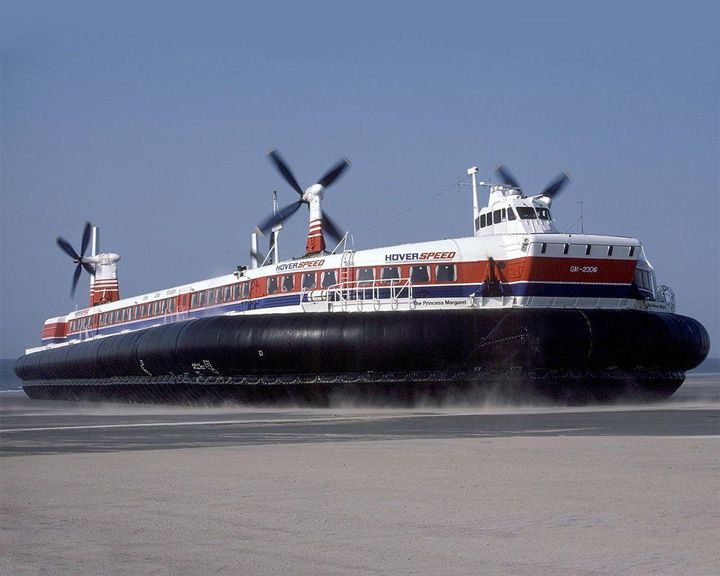 SN.R4 — British Mountbatten class hovercraft Was the largest civil hovercraft ever built, carrying 254 passengers and up to 30 cars. She is the only surviving hovercraft that served English Channel traffic from 1968 to 2000. The others, Sir Christopher, Sure, Swift, Princess Margaret, and The Prince of Wales, were all scrapped. LAUNCHED: 1968 → FATE: Preserved and on static display at the Hovercraft Museum at Lee-on-Solent, England. |
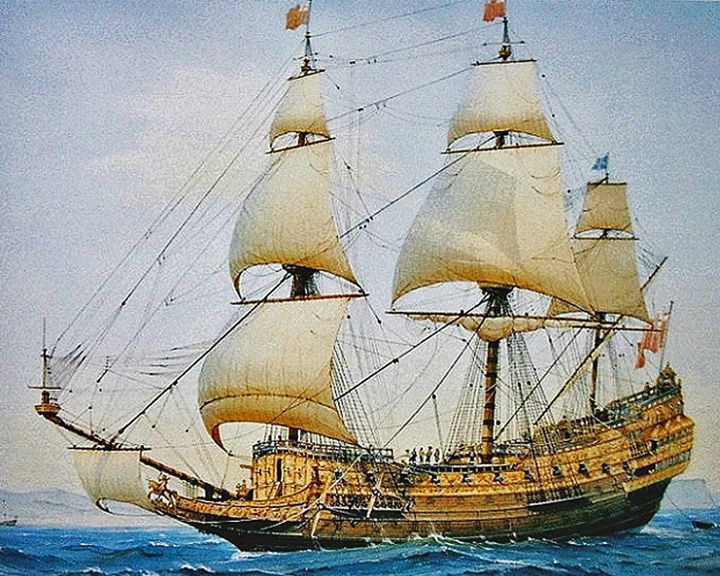 Sovereign of the Seas, HMS — English full-rigged warship The most extravagantly decorated warship in the early Royal Navy. She was armed with 102 bronze guns at the insistence of the king, Charles I of England. LAUNCHED: 1637, October 18 → FATE: Burnt to the water line January 27, 1697. |
|
Page 3
|
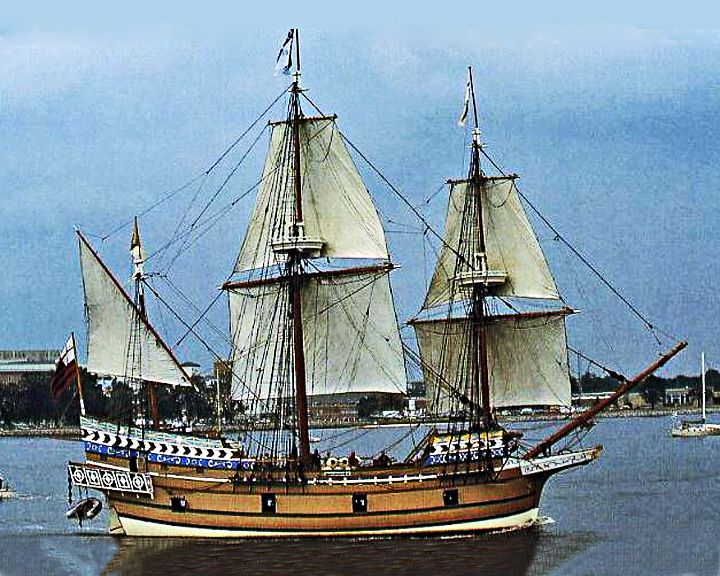 Susan Constant — British fully-rigged ship The largest of three ships of the English Virginia Company sailing to establish the new Colony of Virginia, Jamestown. Replicas of Susan Constant, shown in image, and her sister-ships are docked in the James River at Jamestown Settlement. LAUNCHED: 1607 → FATE: After 1615, fate unknown. |
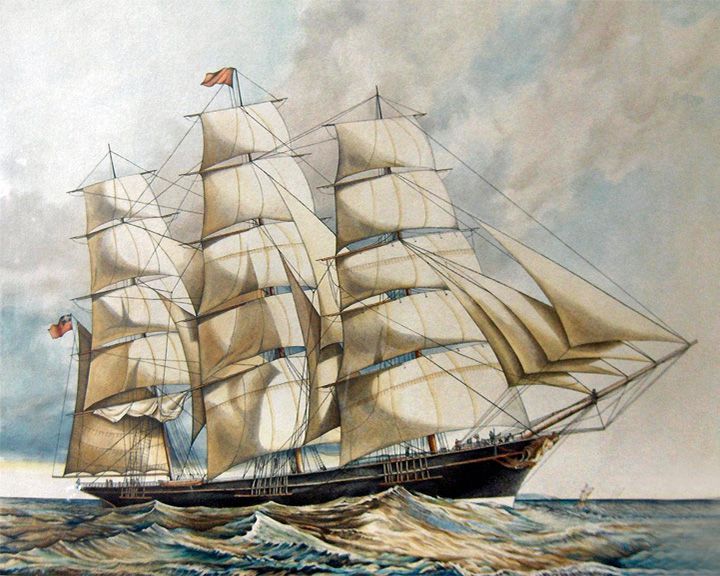 Thermopylae — English extreme clipper Raced the clipper Cutty Sark from Shanghai back to London and won by seven days. In 1897, she was sold to Portugal and renamed Pedro Nunes for used as a naval training ship. LAUNCHED: 1868, August → FATE: Sunk as target practice by the Portuguese Navy, October 13, 1907. |
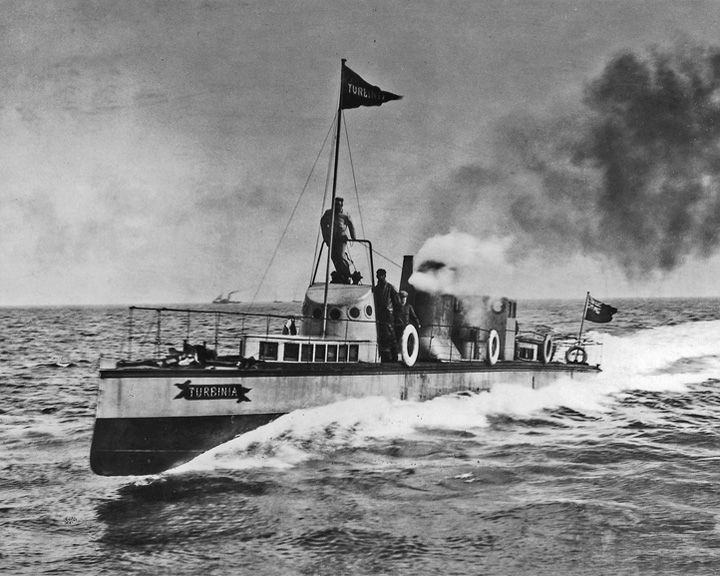 Turbinia — British steamship First steam turbine-powered steamship and the fastest ship in the world at that time at over 34 knots. She showed up unannounced at the Fleet Review for Queen Victoria's Diamond Jubilee at Spithead in 1897, racing up and down the ranks of other ships. LAUNCHED: 1894, August 18 → FATE: On display at the Discovery Museum at Newcastle upon Tyne, England. |
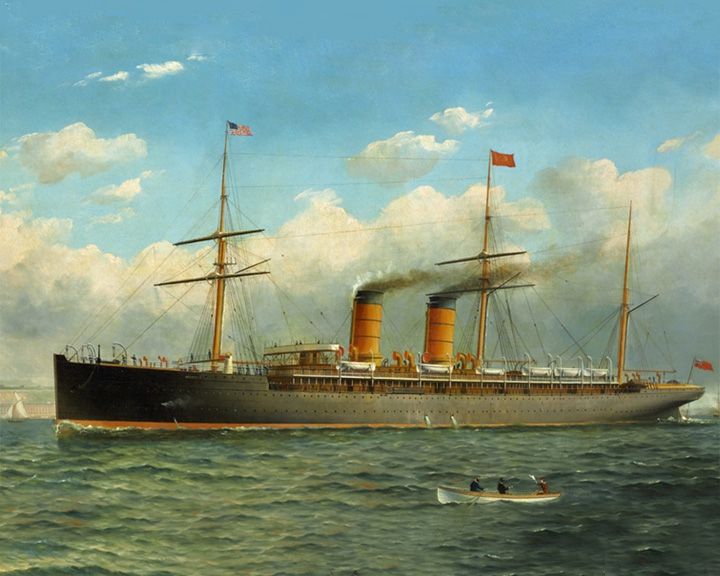 Umbria, RMS — British ocean liner With her sister ship, Etruria, the last two transatlantic ocean liners fitted with auxiliary sails. In May of 1903, the Mafia tried to blow her up but failed. LAUNCHED: 1884, June 18 → FATE: Scrapped in 1910. |
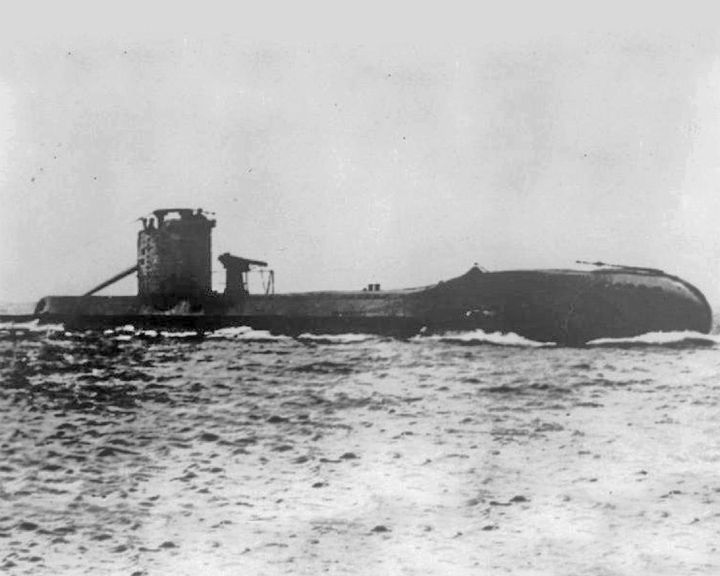 Upholder, HMS — British U-class submarine The most successful British submarine of the World War II sinking a gross tonnage of 93,031. She was one of four U-class submarines with 2 external torpedo tubes at the bows in addition to the 4 internal ones. LAUNCHED: 1940, July 8 → FATE: Lost northeast of Tripoli with all hands, probably sunk by enemy depth charges April 14, 1942. |
 Warrior, HMS — British warship First British iron-hulled, armour-plated warship. She was the largest, fastest, most heavily armed and armored warship up to that time. LAUNCHED: 1860, December 18 → FATE: Currently berthed in Portsmouth, England as a museum. |
The number of British/English Ships; Largest and Fastest listed is 21 The contents of this page are available under the Creative Commons Attribution-Share Alike 3.0 Unported license and the GNU Free Documentation License (GFDL). |
|
|
First Ship on each page
| |
| Page | Ship Name (Country and Type) |
| 1. | Britannic, HMHS (British ocean liner) |
| 2. | Herald of Free Enterprise, MS (British roll-on/rolll-off ferry) |
| 3. | Susan Constant (British fully-rigged ship) |
British/English | |
| 1. | Britannic, HMHS British ocean liner |
| 2. | Cavalier, HMS British C-class Destroyer |
| 3. | Champion of the Seas English clipper ship |
| 4. | Darling, HMS British torpedo boat destroyer |
| 5. | Derbyshire, MV British cargo ship |
| 6. | Great Eastern, SS British iron paddle steamboat |
| 7. | Herald of Free Enterprise, MS British roll-on/rolll-off ferry |
| 8. | LCT7074, HM British landing craft, tank (LCT) |
| 9. | Mauretania, RMS British ocean liner |
| 10. | MTB 102 British motor torpedo boat |
| 11. | Queen Elizabeth, HMS British aircraft carrier |
| 12. | Royal George, HMS English first-rate ship of the line |
| 13. | SN.R4 British Mountbatten class hovercraft |
| 14. | Sovereign of the Seas, HMS English full-rigged |
| 15. | Susan Constant British fully-rigged ship |
| 16. | Thermopylae English extreme clipper |
| 17. | Turbinia British steamship |
| 18. | Umbria, RMS British ocean liner |
| 19. | Upholder, HMS British U-class submarine |
| 20. | Warrior, HMS British warship |
|
About the Data There are more than 400 ships in this database, but the initial list is only for famous ships names that begin with letters "A-B". For other listings, use the country and type tabs. Touching (or cursor over) a ship image produces an enlargement. Touch anywhere else (or move the cursor off the image) to close the larger image. Touching (or clicking on) any underlined name will link to a page with more information. Although submarines are usually called boats, they are grouped with ships here. Most of the information comes from Wikipedia. |
^
Other Pages in Names Galore: | |
Famous Cowboy Names Sports Team Names Other Name Lists | Name Generators Naming Fun Stories about Names |